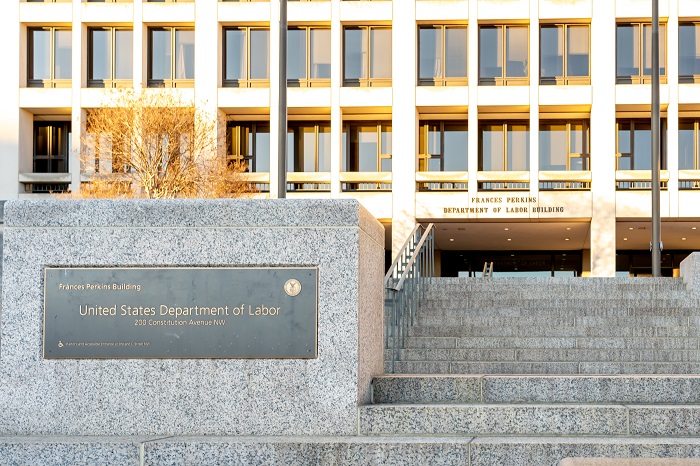Unlock the Editor’s Digest for free
Roula Khalaf, Editor of the FT, selects her favourite stories in this weekly newsletter.
Russia’s “overheating” economy will slow sharply next year with interest rates stuck at well above prewar levels until 2027, the Russian central bank has said.
Rapid growth, expected to hit 3.5 to 4 per cent this year, has been driven primarily by strong domestic demand from consumers and the state, which has outpaced supply, the CBR said in its annual report.
It said acute labour shortages and the negative effects of western sanctions were crimping production.
The central bank assessment underscores the challenges facing the Russian economy, despite its better than expected overall performance even with sanctions imposed by the west after Moscow’s full-scale invasion of Ukraine in 2022.
The CBR projects economic growth of 0.5 to 1.5 per cent in 2025 and 1 to 2 per cent in 2026, under its baseline scenario. However, longer-term expansion will be limited by “restrictions on technological imports and the outflow of skilled labour”, it warned.
It said the country’s production capacities and labour resources had already been “nearly fully used, with utilisation close to 80 per cent”. Manufacturing, trade and agriculture are among the sectors facing the most severe labour shortages.
“Available production capacity is depleted,” CBR deputy governor Alexei Zabotkin told reporters on Thursday. “The pace of expansion is held back by sanctions barriers and by physical limitations on the output of the means of production. The economy needs additional labour for this as well,” he said, adding that labour shortages had “significantly worsened”.
To address the issue, Russian businesses have resorted to increasing wages. In the first quarter of 2024, nominal wages in Russia increased by 19.2 per cent. The growth slowed slightly in the second quarter to 17.4 per cent.
Rising wages, coupled with escalating budget expenditures, are fuelling inflation, which is expected to reach 6.5 to 7 per cent by the end of 2024, the CBR said. It also pinpointed “sanctions barriers in payments and logistics” that resulted in lower imports of goods into Russia.
The CBR forecasts inflation falling to 4 to 4.5 per cent in 2025 and stabilising around 4 per cent thereafter. Throughout this period, the CBR key interest rate is expected to remain in double digits, a significant shift from prewar levels when it had not exceeded 9.5 per cent for many years.
The central bank set a 4 per cent inflation target back in 2015. Since then, inflation has occasionally dipped below this threshold, and by 2021, there were prospects of lowering the target further, the CBR admitted. However, due to the war in Ukraine — referred to in the CBR’s report as “geopolitical changes” and “structural transformation” — this opportunity is unlikely to arise before 2028.
The CBR outlined several other scenarios in its report, including a “global crisis” triggered by worsening US-China relations and “deglobalisation” of the economy amid rapid interest rate rises.
Should this scenario materialise, it would be comparable to the crisis of 2007-08. For Russia, this could mean tougher western sanctions, lower energy revenues and a need to tap the country’s National Wealth Fund, potentially depleting it as early as 2025, the CBR projected.
In this scenario, the Russian economy could contract by 3 to 4 per cent in 2025, with growth only resuming by 2027.
Credit: Source link











